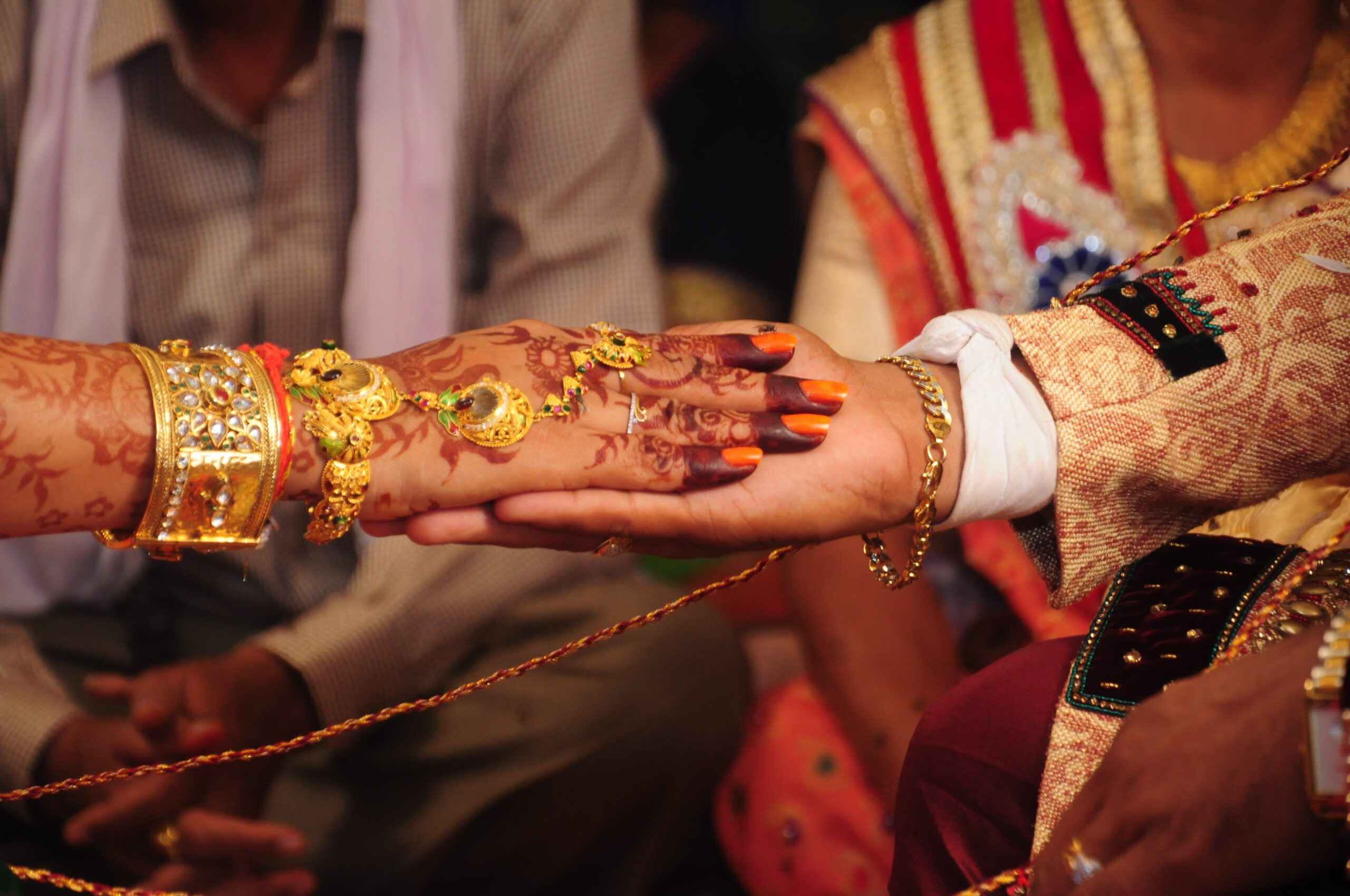Hindu marriage ceremonies are known for their rich traditions and customs. One of the most important rituals in Hindu marriages is Kanyadan. However, there is a long-standing debate on whether this ritual should be removed from Hindu marriage ceremonies. In this blog post, we will explore the significance of Kanyadan, its scientific reasoning, and whether it should be removed in the modern age.
What is Kanyadan?
Kanyadan is a ritual in which the father of the bride gives away his daughter to the groom. The father washes the feet of the groom, places a sacred thread around his neck, and then gives his daughter’s hand in marriage. This ritual is considered an essential part of Hindu marriages and is performed with great religious significance.
Significance of Kanyadan
Kanyadan is believed to be a selfless act of giving away one’s most precious possession, i.e., their daughter. This ritual is considered to be an act of sacrifice, where the father is giving away his daughter to another family with the hope that she will be happy and well taken care of. The ritual is also seen as a way of strengthening the bond between two families and creating a new relationship.
Scientific Reasoning Behind Kanyadan
The practice of Kanyadan is believed to have originated from ancient Vedic traditions, where it was believed that by performing this ritual, the father was transferring his responsibility of protecting his daughter to her husband. In earlier times, when women did not have equal rights or protection, Kanyadan was seen as a way to ensure that the bride was well taken care of and protected by her husband.
Should Kanyadan be Removed from Hindu Marriage Rituals?
While Kanyadan has been an essential part of Hindu marriage rituals for centuries, some people believe that it is outdated and should be removed. They argue that Kanyadan promotes the idea that women are property that can be given away, and it reinforces patriarchal norms.
However, there are also those who believe that Kanyadan is an important ritual that should be preserved. They argue that the ritual is not meant to promote the idea that women are property, but rather, it is a way of celebrating the bond between two families and the selflessness of a father who is willing to give away his most precious possession.
Conclusion
In conclusion, Kanyadan is a significant ritual in Hindu marriages that has been performed for centuries. While some people believe that it should be removed from marriage rituals, others argue that it is an important tradition that should be preserved. The scientific reasoning behind Kanyadan suggests that it was meant to protect women in a time when they did not have equal rights and protection. However, in modern times, it is important to revisit the rituals and customs that reinforce patriarchal norms and ensure that they are adapted to fit the modern age. Ultimately, the decision to include or exclude Kanyadan from Hindu marriage ceremonies lies with individual families and their beliefs and traditions.




